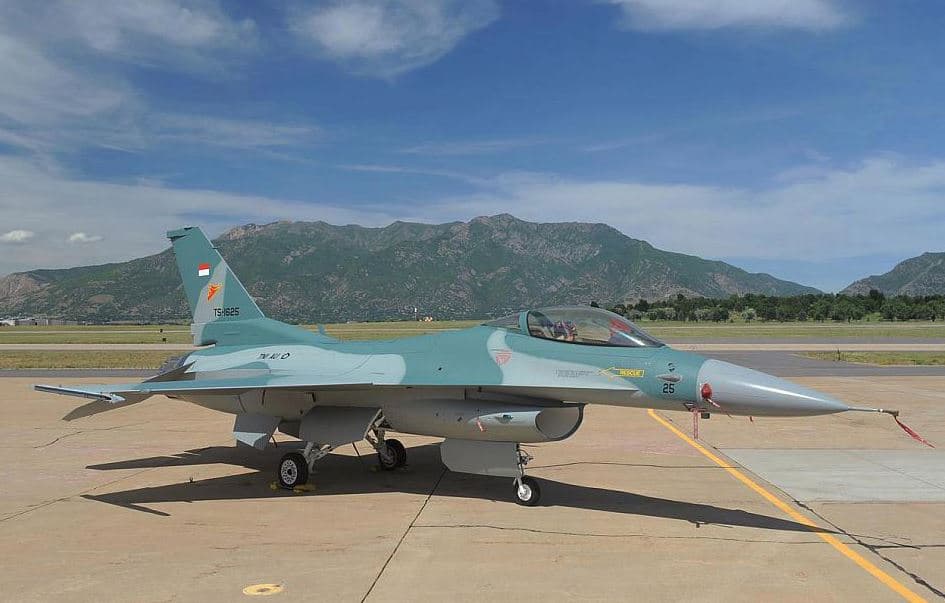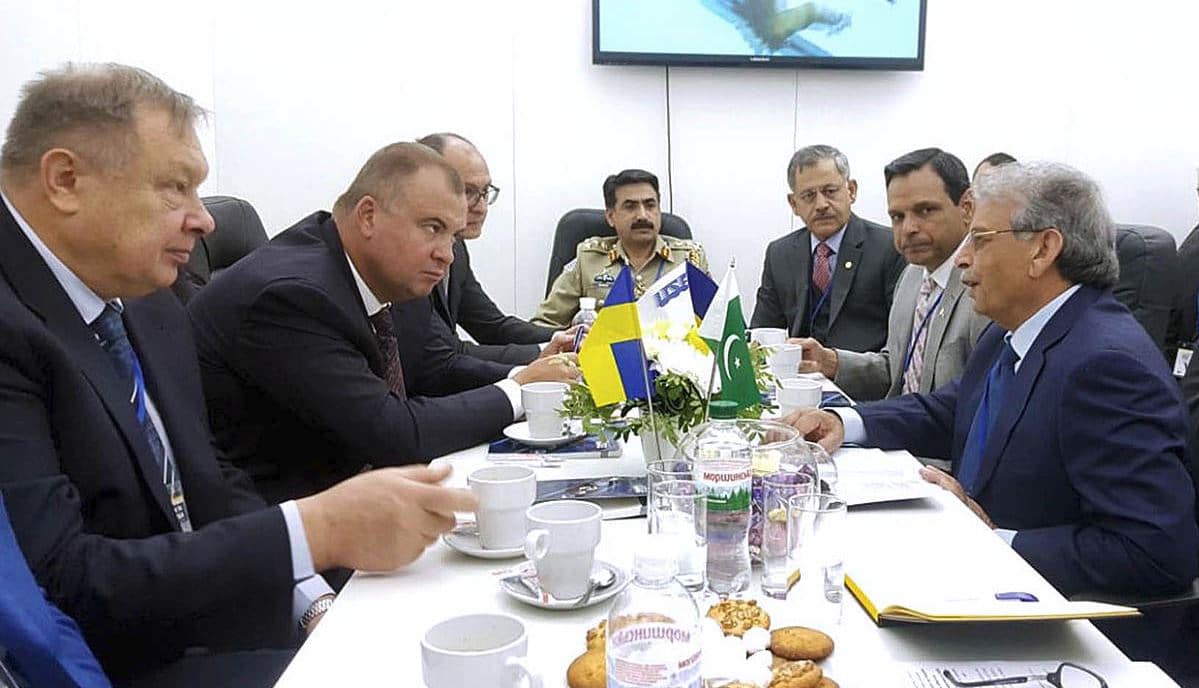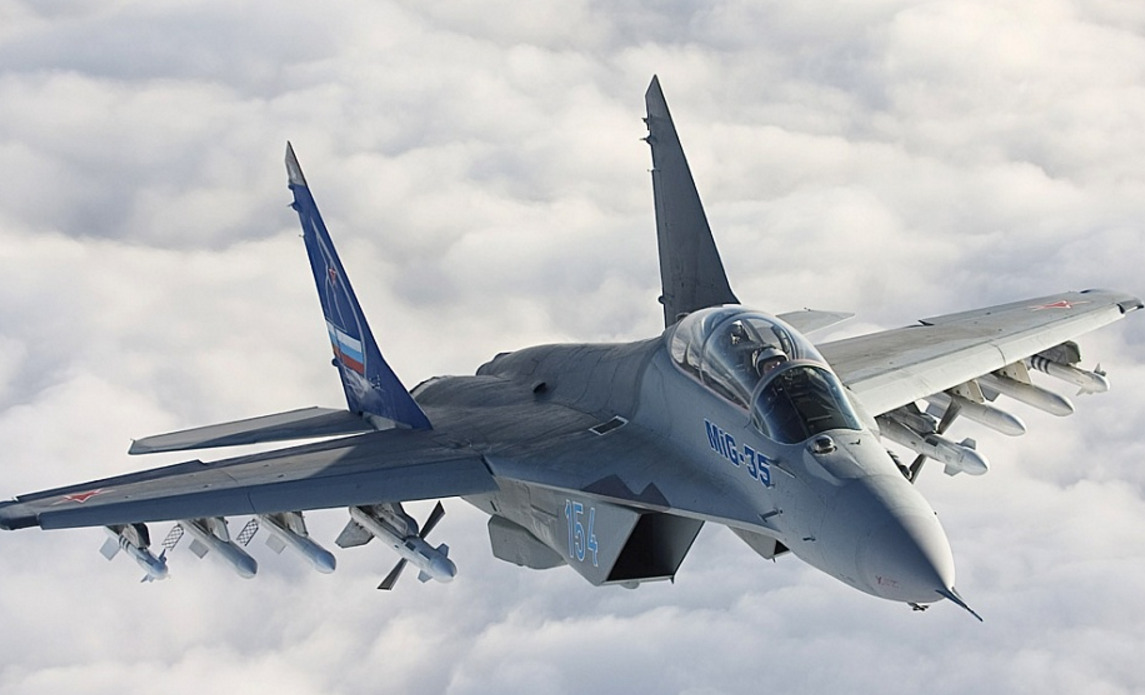2274Views 5Comments

Indonesia reportedly looking for additional fighters
During U.S. Secretary of Defence James Mattis’ official visit to Indonesia on January 23, news reports have emerged of Jakarta defining a new multi-role fighter requirement for the Indonesian Air Force (Tentara Nasional Indonesia-Angkatan Udara: TNI-AU). This could amount to a multi-billion-dollar bid.
According to Reuters, U.S. officials had revealed that Indonesia requested pricing information for 48 new Lockheed Martin F-16s, a deal that could potentially reach $4.5 billion U.S. (alluding to a possible purchase of new-built F-16Vs instead of additional surplus F-16s).
However, Indonesian officials reportedly stated that plans were tentative, with the TNI-AU’s requirement still being defined. The TNI-AU operates 24 F-16C/D Block-25s. These were surplus aircraft acquired from the U.S. under the Excess Defence Articles (EDA) program for $750 million.
In November 2017, Indonesia announced that it will sign a contract for 11 Sukhoi Su-35 Flanker-E fighters from Russia’s United Aircraft Corporation (UAC) for $1.14 billion. Russia will procure $570 million in goods from Indonesia under the deal, along with another $400 million in offsets to Indonesia.
The mainstay of the TNI-AU’s fighter fleet comprises of Su-27, Su-30 and F-16 Block-25s. It is unclear if this new fighter purchase would supplant any of the aforementioned TNI-AU fighters.
Besides new combat aircraft, the TNI-AU is also eager to improve its logistics and auxiliary capabilities. In March 2017, Indonesia signed a letter-of-intent (LOI) to procure potentially four A400M Atlas transport aircraft from Airbus Defence & Space (Airbus DS).
The news of a prospective fighter program/sale comes amid Washington’s efforts to reinforce relations in Southeast Asia, including Indonesia. Mattis’ visit is particularly important today considering that in 2017, Indonesia decided to rename its exclusive economic zone (EEZ) north of the Natuna Islands as the ‘North Natuna Sea’ (it was previously part of the South China Sea). During his visit, Mattis acknowledged Jakarta’s move, stating, “We can help maintain maritime domain awareness in the South China Sea, the North Natuna Sea. This is something that we look forward to doing.”



5 Comments
by Steve
With new build JF-17 Block III offering comparable or better performance to F-16 Block 25 at less cost, it may be a viable option for Indonesia. F-16V is obviously more advanced but a lot more expensive. We need to have a working fighter first though. Many more options will open up after we operationalise Block III. We can offer “joint production” as a sweetener. F-16 though a great fighter comes loaded with political baggage.
by sami shahid
Indonesia should buy JF-17 block 3 rather than F-16 or SU-35. They are so much expensive.
by Joseph
In term of support and maintenance, adopting an whole new aircraft is not wise financially (like what Qatar did), so Indonesia will unlikely go with anything other than F-16 or a flanker variant. Just like Pakistan keeps buying F-16, not because it is the best choice (In fact from I hear if India does not choose F-16, Lockheed Martin may have to shut down F-16 production soon, so F-16 is on the verge of being phased out.) but because Pakistan already has it.
In terms of geopolitics of Asia, US is still stronger than China militarily, but US deployment is all over the world, China’s deployment is almost entirely in Asia. To challenge China in Asia US needs as many allies as it can get. But the problem is US’s traditional allies, the European nations, do not seem to be interested in containing China, the threat for them is always Russia, they would rather build closer relationships with China to contain Russia than isolating China and push China closer to Russia.
Most likely US will have to rely on Asian allies, but Americans come and go (just look at the mess in middle east), China is always going to be there in Asia. So other than Japan and India it seems most South Asia countries would rather maintain a more neutral stance than being dragged in proxy fights of major powers. They formed ASEAN to maintain their independence, even that may not last forever but the objectives of these countries seem to be clear.
In the end only India, Japan and Australia (as always we are there for moral support only or providing logistics if US decides to do something about Indonesia) formed military alliance with US, that just shows how little faith most South Asian countries have in US.
In the short and medium term US would still be wooing Indonesia so I don’t think they are worried.
But buying A400M Atlas is very surprising, from what I understand that is one of the most overpriced transport aircraft and was considered a huge financial failure by it’s partnering nations. Other than NATO countries why would anyone want to buy that?
by Hammad Hassan
Worth mentioning that indonesian defence minister was here a few days ago and took an inside view of jf 17…..any chance Bilal??
by TZK
‘But buying A400M Atlas is very surprising’, Indonesia has had to live with sanctions and diversified it’s inventory to include Russian and USA weapons, with A400M it can also add EU to the list. It may acquire JF-17 for COIN to supplement the Super Tucano and also may want to be part of the JF17 project. Alternatively the ministers interest could be to get better deal elsewhere.